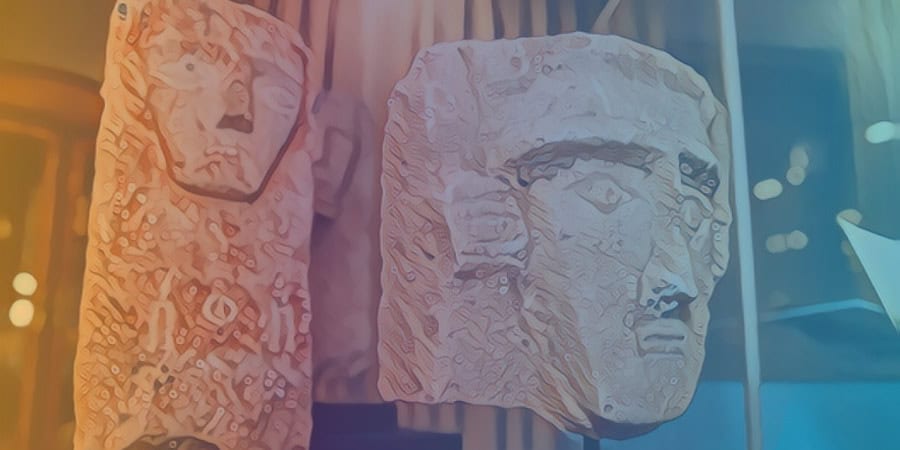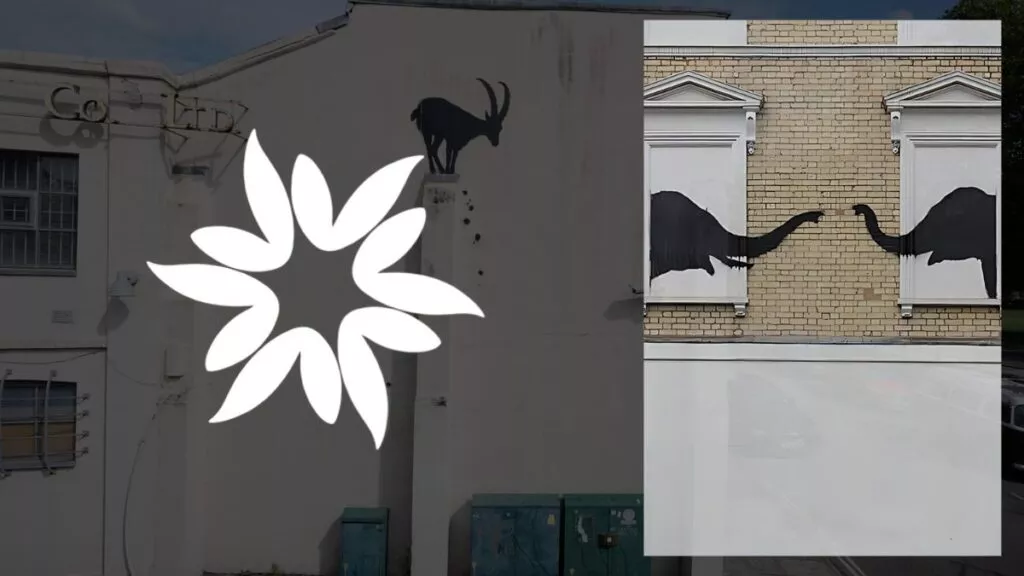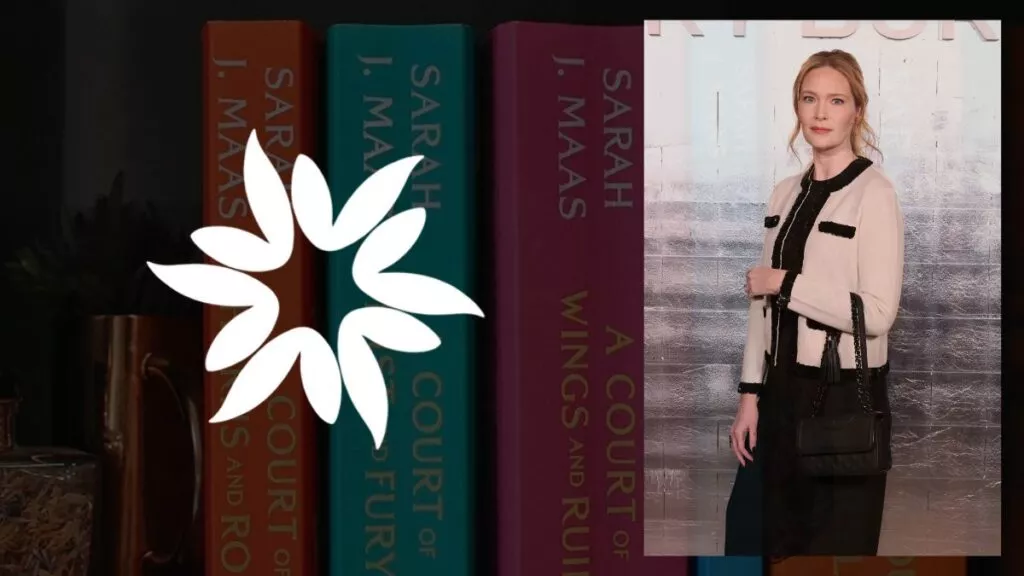Key Takeaways
- Manhattan District Attorney Alvin L. Bragg, Jr. has announced the repatriation of three valuable antiquities to Yemen, which were recovered as part of a criminal investigation into private collector and Metropolitan Museum of Art trustee Shelby White.
- The repatriated artifacts include an alabaster ram with an inscribed base, an alabaster female figure, and a silver vessel with elaborate inscribed decorations, and their return to Yemen will help preserve the country's rich history and cultural heritage.
- The Manhattan DA's Antiquities Trafficking Unit has played a crucial role in repatriating looted and stolen antiquities in recent years, with over 950 items valued at approximately $180 million repatriated to their countries of origin.
- The repatriation of stolen antiquities can have profound social, cultural, and economic implications for the countries from which they were taken, including restoring a sense of national pride and identity, and contributing to the development of the local economy.
- In order to continue making progress in the fight against antiquities trafficking, collectors, auction houses, museums, and other cultural institutions need to implement strict due diligence processes and adhere to ethical acquisition practices.
Manhattan District Attorney Alvin L. Bragg, Jr. recently announced the repatriation of three valuable antiquities to Yemen, an important step towards restoring the cultural heritage of the country.
The items, which include an alabaster ram with an inscribed base, an alabaster female figure, and a silver vessel with elaborate inscribed decorations, were recovered as part of a criminal investigation into private collector and Metropolitan Museum of Art trustee Shelby White.
During the investigation, a total of 89 items from 10 different countries, valued at nearly $69 million, were seized from White.
The repatriation of these three artifacts is a significant milestone in the ongoing efforts to return stolen cultural heritage to its rightful owners.
How the Antiquities Were Acquired by White
According to the Manhattan DA’s office, White acquired the three items from various sources, including the Mansour Gallery in London; art dealer Robin Symes, who was later convicted of antiquities trafficking in 2005; and from a Christie’s auction in New York.
The acquisition of these antiquities raises questions about the ethics of collecting and the responsibilities of institutions and collectors to ensure the provenance of the items they acquire.
The Significance of the Repatriated Artifacts
The alabaster ram, a funerary object from the Hayd bin Aqeel necropolis in Shabwa, Yemen, dates back to the 5th century B.C.E. and holds significant historical and cultural value. The second item, an alabaster female figure, is also a funerary item depicting a female deity, and dates back to the 2nd century B.C.E.
The third, an inscribed silver vessel, dates back to 200 to 300 C.E. The return of these items to Yemen will help preserve the country’s rich history and serve as a reminder of the importance of cultural preservation.
Manhattan District Attorney Alvin L. Bragg, Jr. recently announced the repatriation of three valuable antiquities to Yemen, an important step towards restoring the cultural heritage of the country.

White’s Troubled History with Stolen Artifacts
Shelby White and her husband Leon Levy have a history of involvement with stolen artifacts. In 1990, the couple contributed about 200 artifacts to a Met exhibition.
A decade later, two archeologists discovered that 93 percent of the artifacts were, in fact, stolen by the couple.
The ongoing investigation by the Antiquities Trafficking Unit (ATU) has resulted in the seizure of 89 antiquities worth $69 million from White.
Temporary Housing for Repatriated Artifacts
Due to the ongoing civil war in Yemen, the three repatriated items will be temporarily displayed at the Smithsonian Institution in Washington, D.C.
District Attorney Bragg emphasized that the repatriation of these items underscores the power of art and culture as symbols of hope, and that the investigation into Shelby White has enabled the return of dozens of antiquities to their countries of origin.
The Broader Efforts to Repatriate Stolen Antiquities
The Manhattan District Attorney’s Office has played a crucial role in repatriating looted and stolen antiquities in recent years.
For instance, the office announced the repatriation of the Khmer Lintel, an 11th-century structural element looted from Cambodia during the 1990s and smuggled into Thailand.
The District Attorney’s Antiquities Trafficking Unit has garnered significant attention for its recovery work, which includes numerous seizures at the Metropolitan Museum of Art and the repatriation of over 950 items valued at approximately $180 million.
These efforts highlight the importance of international cooperation and a commitment to preserving cultural heritage by returning stolen antiquities to their rightful owners.
By working together across borders, law enforcement agencies, governments, and cultural institutions can help combat the illicit trade of antiquities and ensure that these invaluable artifacts are protected for future generations to appreciate and learn from.
Collaborative initiatives, such as the Antiquities Trafficking Unit, have demonstrated the effectiveness of a unified approach in tracking down stolen artifacts, recovering them, and repatriating them to their countries of origin.
Furthermore, these efforts send a strong message to potential traffickers that the international community is dedicated to fighting the illicit trade of cultural heritage items and holding those responsible accountable for their actions.
Moreover, the return of stolen antiquities can have profound social, cultural, and economic implications for the countries from which they were taken.
The repatriation of artifacts not only restores a sense of national pride and identity, but it can also contribute to the development of the local economy by attracting tourists and researchers interested in the country’s history and culture.
In order to continue making progress in the fight against antiquities trafficking, it is essential that collectors, auction houses, museums, and other cultural institutions take the necessary precautions to ensure the provenance of the items they acquire.
By implementing strict due diligence processes and adhering to ethical acquisition practices, these institutions can play a vital role in discouraging the illicit trade of cultural heritage items and preserving the world’s shared history for future generations.








